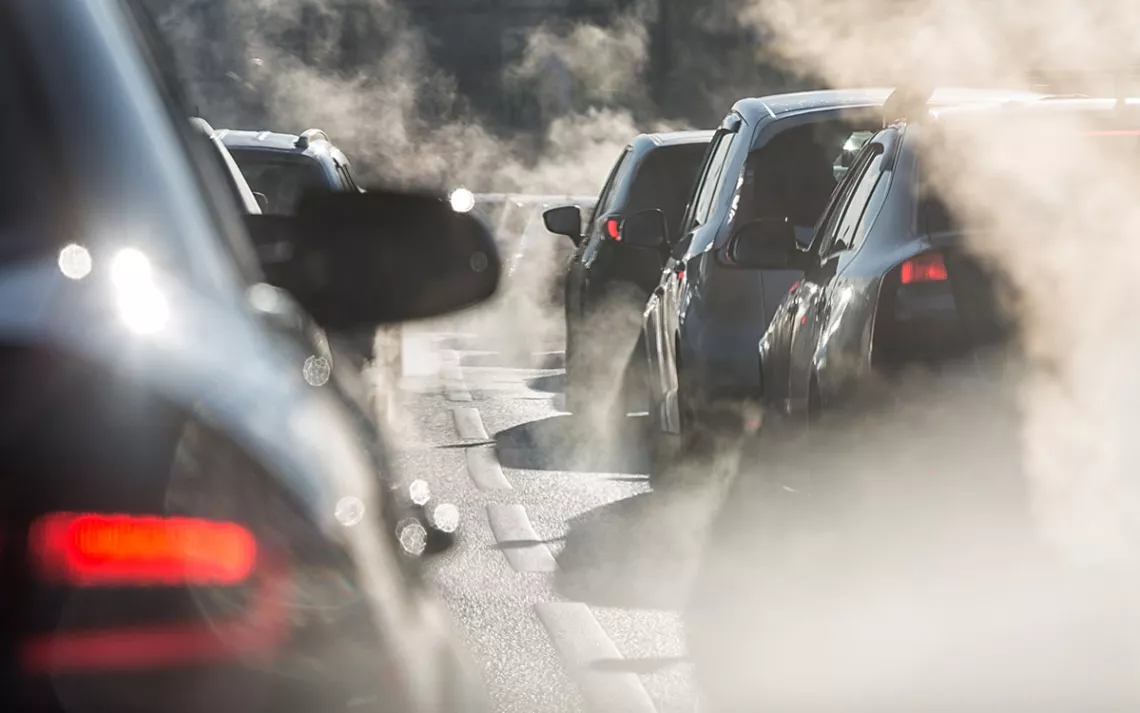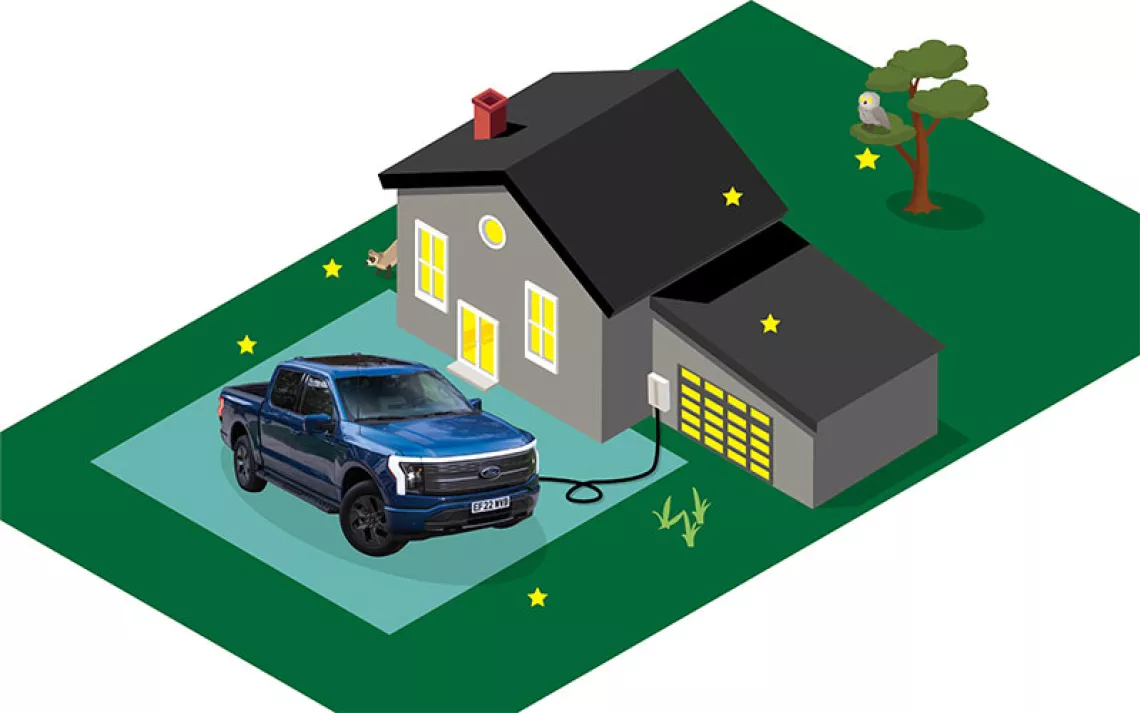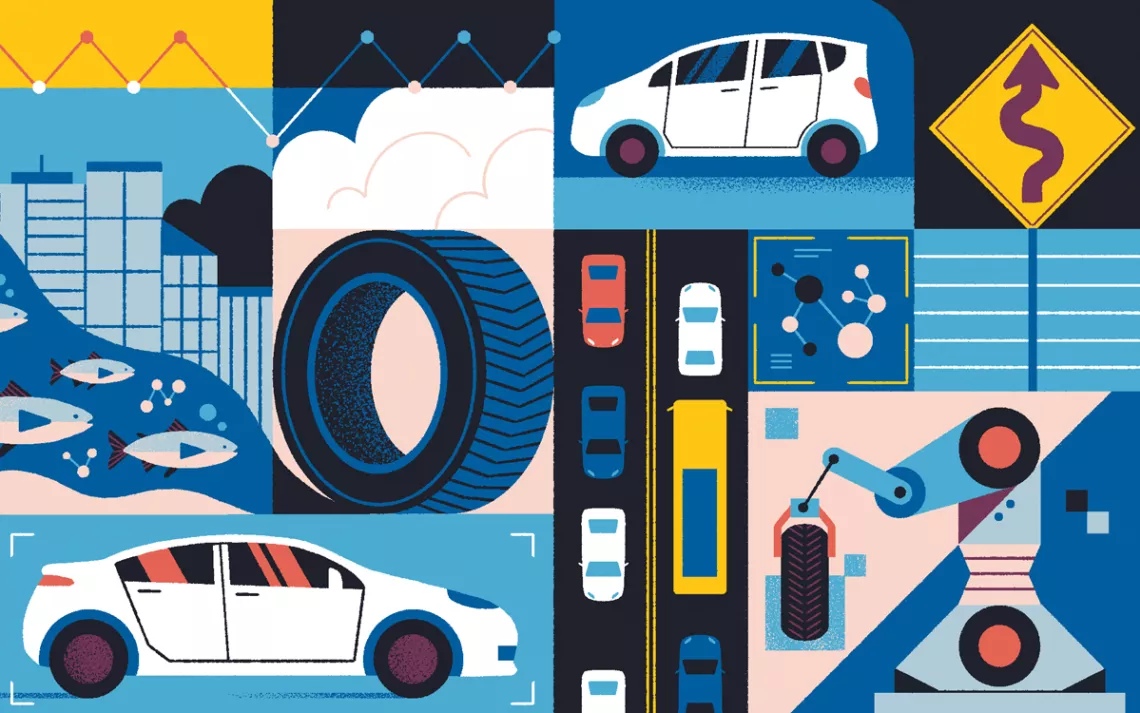Big Auto and Big Oil Are Obstructing Progress on Electric Vehicles
The Detroit automakers shouldn’t link their fortunes to last century’s technologies

Photo by ElcovaLana/iStock
There were many mornings this past summer that the first app I checked was AirNow, because I knew that a “Code Orange” or a “Code Red” alert meant that my toddler would be stuck inside his daycare all day long. It’s heartbreaking to try to explain to a three-year-old that haze from a wildfire in another country is the reason he can’t play outside with his friends. This year, it’s been an all-too-common challenge that I and other parents have had to cope with. The climate crisis is not only here, it is stealing the lives and livelihoods of our neighbors, our friends, and our loved ones. Several states, including Arizona, Louisiana, and Texas, saw record numbers of emergency room visits and deaths from extreme heat. The Maui wildfires claimed the lives of over 100 people, making it the deadliest wildfire in over 100 years.
But there is also good news to share. The Environmental Protection Agency is working on two sets of rules that, together, could significantly cut pollution from the cars, trucks, and buses on our roads. These safeguards would tackle our nation’s largest source of climate-disrupting pollution: transportation. They would also greatly improve air quality and the lung health of our country’s kids, seniors, and families by reducing the particulate matter and ozone-forming chemicals that spew from fossil fuel vehicles. But we’ll only get these protections if the EPA sticks to its mission of “protecting human health and the environment” and delivers strong rules swiftly.
Unfortunately, both Big Oil and Big Auto are trying to block that progress, as they use their wealth, power, and influence to protect their profits at the expense of public health and well-being.
By now, nearly everyone is aware of Big Oil’s role in blocking climate action. So its’s no surprise that the American Petroleum Institute has attacked the EPA proposals. It’s all part of the oil industry’s efforts to cling to every last drop of oil to slow the transition to cleaner vehicles.
What’s surprising—as well as puzzling—is that Big Auto is out in full force alongside Big Oil trying to slow progress on the EPA’s vehicle rules. Disappointingly, the EV enthusiasm expressed publicly by the major US automakers isn’t lining up with their lobbying on federal policy. Even as the automakers receive praise for their EV investments, they’re also lobbying against strong standards that would ensure these vehicles are actually produced at the rate needed to address the climate crisis. Their trade group, the Alliance for Automotive Innovation, is trying to use its influence in Washington, DC, to obstruct much-needed progress to help us achieve our clean transportation goals.
The transformation of the auto sector represents a generational opportunity to build our economy so that it works for everyone. The “Big Three” US automakers—General Motors, Ford, and Stellantis—owe their success to UAW workers and the communities around them. The recent UAW strike was all about this very issue: how to ensure the shift to EVs will be a just transition that brings good union jobs to communities across the country, and having these contracts will help tremendously. In the end, the strike worked: The UAW has reached historic tentative agreements with all three automakers.
I’m not holding my breath that an automaker like Toyota, with a track record of anti-EV strategy in recent years, is going to support these standards that would drive EV adoption. But I do expect follow-through from automakers like GM and Ford, which have made commitments to electrify their fleets. Still, the reality remains that while some automakers are investing in EV production, most are still selling tens of thousands of gas-powered vehicles each month, vehicles that will stay on our roads for decades to come.
If Big Oil and Big Auto would only get out of the way, the EPA’s proposed standards would greatly improve public health and help protect the environment. The strongest versions of these rules can help the United States avoid 9.9 billion tons of greenhouse gas emissions by 2055. For comparison, that’s equivalent to emissions from 88 coal plants operating over 30 years! The rules will also help clean up our air, resulting in reductions of 16,650 tons of PM2.5 and 143,000 tons of NOx emissions in 2055, compared to if the rules weren't in place. Overall, the EPA estimates that the strongest versions of these rules could result in $1.25 to $2.12 trillion in economic benefits. That’s trillion with a T.
We must do everything we can to protect a safe and livable planet for us all by investing in climate actions that generate good union jobs. And yet here we are, fighting the typical forces of opposition that wish to keep us stuck in neutral and spinning our wheels with the polluting status quo. We are moving too slowly to address the worsening impacts of the climate crisis. We need the EPA to listen to communities, not vested interests, and finalize strong standards for cars and heavy-duty trucks.
 The Magazine of The Sierra Club
The Magazine of The Sierra Club



